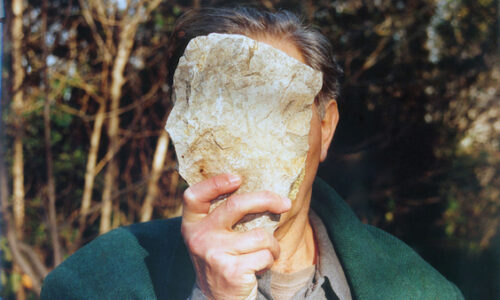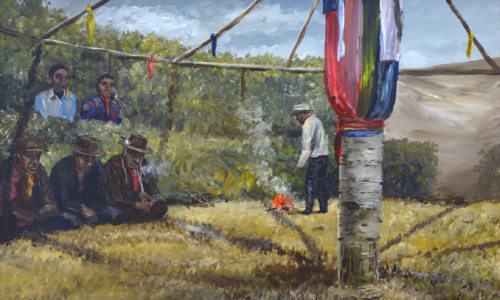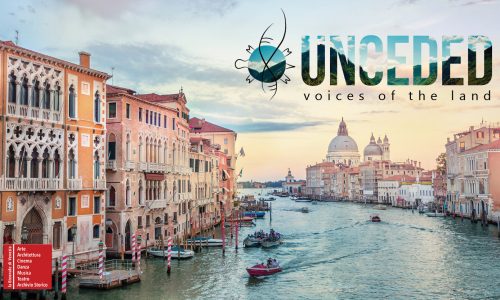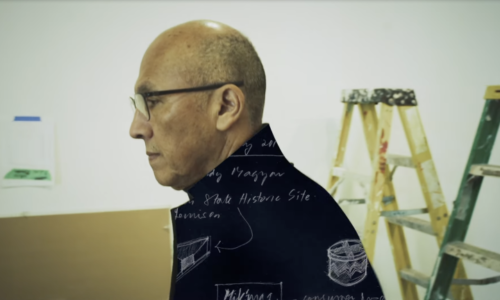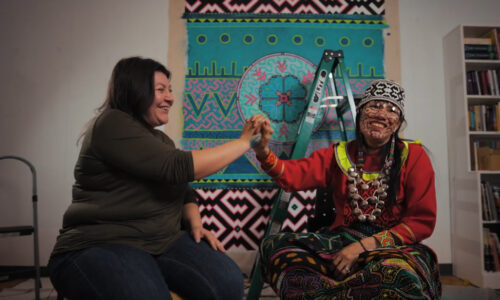Wapatah Partners with Art Canada Institute
on Iljuwas Bill Reid: Life and Work.
The year 2020 marks the 100th anniversary of the birth of Haida artist Iljuwas Bill Reid. In honour and celebration of the work of this iconic artist, the Art Canada Institute commissioned Dr. Gerald McMaster to author a book about Reid’s life and work.
We at Wapatah are happy to announce that the online book was launched on December 11, 2020!
In Iljuwas Bill Reid: Life and Work, McMaster begins by recalling the opportunity he had at the age of 26 to interview Reid in person. “I was both young and nervous,” he remembers, but this “first encounter had been fortuitous and it left a lasting impression.” The year was 1979 and the setting was a gathering of Indigenous artists and delegates in Regina, Saskatchewan. In this video we see Reid, having raised the Skidegate Dogfish Pole the year prior, sharing his perceptions and knowledge of the role of Indigenous art and artists both historically and in his contemporaneous world.
Few twentieth-century artists were catalysts for the reclamation of a culture. Iljuwas Bill Reid (1920–1998) was among them. Born into a mixed-race family in Victoria, B.C., and denied his mother’s Haida heritage in his youth, Reid would go on to become one of the most significant Northwest Coast artists of our time. During his fifty-year-long career he was prolific and articulate—creating nearly a thousand original works and writing dozens of texts that gave voice to his vision and the cultural issues of his day. He is remembered as a passionate artist and an adamant community activist, mentor, and writer. Iljuwas Bill Reid: Life & Work details this incredible journey, exploring how Reid lived the reality of colonialism yet tenaciously forged a creative practice that celebrated Haida ways of seeing and making.
“Reid embodied a multiplicity of voices that gave him mobility. He was a kind of nomad
moving betwixt and between cultural contexts, be they artistic, conceptual, social, or physical.
This expanded the possibilities available to him and concurrently perpetuated ongoing
internal and external questions about his identity.”
Reid worked as a radio announcer, then established himself as a well-respected jeweller. Following in the footsteps of his great-great-uncle, the master Haida artist Daxhiigang Charles Edenshaw, he innovatively adapted Haida worldviews to the times in which he lived, eventually producing renowned large-scale works that today occupy sites of international importance, such as the Canadian Embassy in Washington, D.C., and the University of British Columbia Museum of Anthropology in Vancouver. Passionately engaging with a culture whose practices were once banned by the Indian Act, Reid embraced and emboldened a tidal shift that produced symbols for a nation and his art became iconic. This is Reid’s legacy—a complex story of power, resilience, and strength.
“Reid experienced deep joy in creating art. In staying true to Haida understandings,
he advocated that care must be taken with each minute and unseen part because,
ultimately, the work is not only for human eyes—but one must remember
the eyes of the supernaturals and the ancestors.”
Iljuwas Bill Reid weaves together the narrative of Reid’s life. It delves into the practice of Reid, who is often said to embody the Raven, a trickster who transforms the world. It examines how the artist made a critical inquiry into his craft throughout his life, gaining a sense of identity, purpose, and impact.
As the author of Iljuwas Bill Reid, Dr. Gerald McMaster was supported by a group of Wapatah team members including Natalja Chestopalova, Panya Clark Espinal, Alessia Pignotti, and Michael Rattray. Early research was conducted by Emily Lawrence.
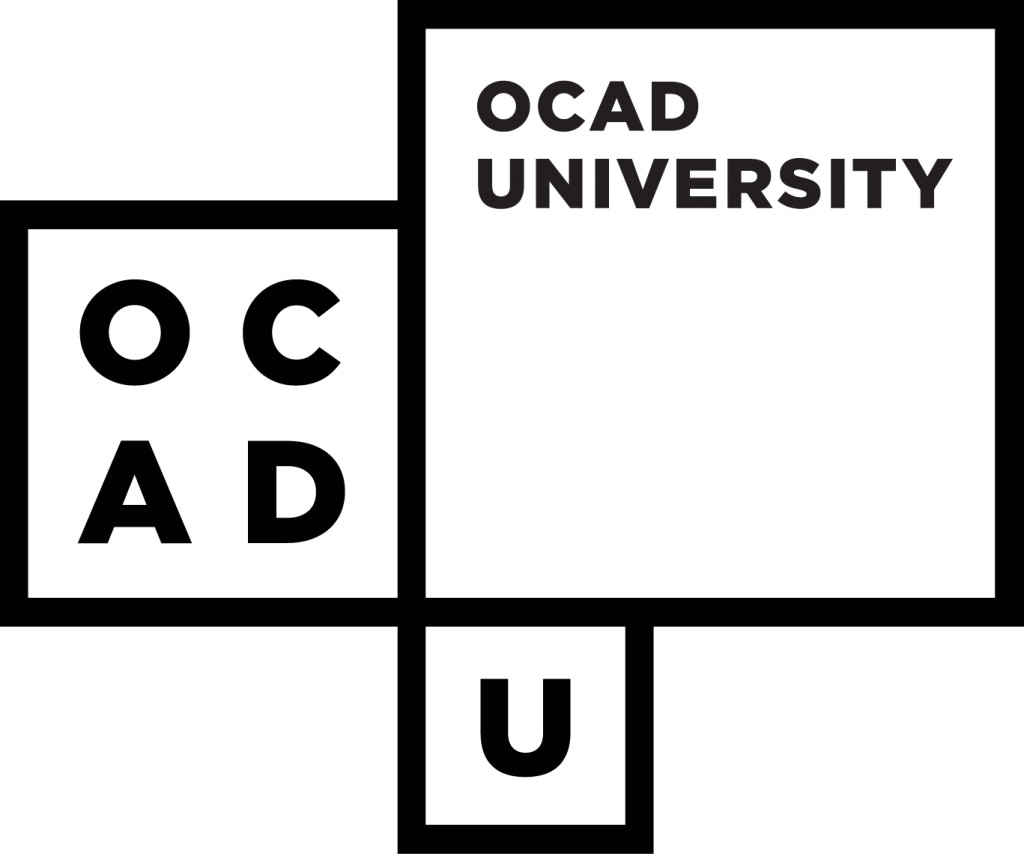


Watapah Team Contributors
 |
Dr. Gerald McMasterDr. McMaster has over 30 years international work and expertise in contemporary art, critical theory, museology and Indigenous aesthetics. His experience as an artist and curator in art and ethnology museums researching and collecting art, as well as producing exhibitions has given him a thorough understanding of transnational Indigenous visual culture and curatorial practice. His early interests concerned the ways in which culturally sensitive objects were displayed in ethnology museums, as well as the lack of representation of Indigenous artists in art museums. As a practicing artist, he offered a way of staging hitherto decontextualized objects different from the traditional formats favoured by exhibition designers trained in Western traditions; instead, his was an approach that rested on Indigenous epistemologies. These early stages in developing an –Indigenous visuality led him to study concepts in visual, experiential and spatial composition. His exhibition Savage Graces (1992) challenged long held views, and played a major role in breaking down conventional barriers around where art should be practiced, while also demonstrating that art is not tied to ethnicity. As a curator, he focused on advancing the intellectual landscape for Indigenous curatorship through the foundational concept of voice. He curated, for example, an exhibition called Indigena (1992) that brought together unfiltered Indigenous voices for the first time. Until then, non-Indigenous scholars had dominated discussions of Indigenous art, history and culture. McMaster made the point that Indigenous artists and writers were more than capable of representing themselves in articulate, eloquent ways. Over the past 20 years, he has continued to refine the idea of voice, leading him to ask: How can Indigenous voices continue providing new perspectives on well-researched subjects such as art, history and anthropology? Throughout his career, his championing of the mainstream value of Indigenous art, among other things, has led to his being chosen to represent Canada at a number of prestigious international events. These include his serving as Canadian Commissioner for the 1995 Venice Biennale, and as artistic director of the 2012 Biennale of Sydney, and curator for the 2018 Venice Architecture Biennale. Dr. Gerald McMasterDirector, Tier 1 Canada Research ChairDr. McMaster has over 30 years international work and expertise... |
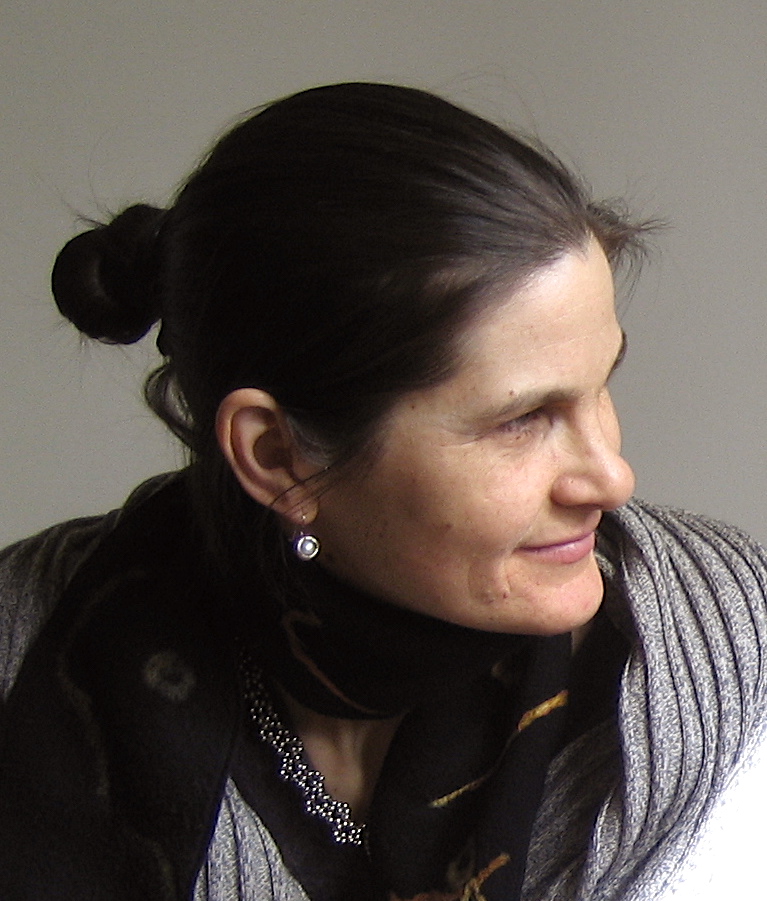 |
Panya Clark EspinalPanya, AOCA (1988), MFA (2019), is a multi-media installation artist who recently completed a Masters Degree in Criticism and Curatorial Practice (CCP) at OCADU. Her practice as an artist investigates the mechanisms of cultural representation and, through site-specific installations, exhibitions and public commissions, explores questions of perception, reproduction, collection, and display. Her CCP thesis titled Between Stories: The Agency of Story and Living Ways was developed while working alongside Elín Agla, a Vernacular Culture Farmer from Árneshreppur County, Iceland. At Wapatah, Panya has contributed to writing the Bill Reid book for the Art Canada Institute, is acting as a research assistant on The Entangled Gaze project and in involved in planning a publication for the Postcommodity Collective. Panya Clark EspinalAlumniPanya, AOCA (1988), MFA (2019), is a multi-media installation artist... |
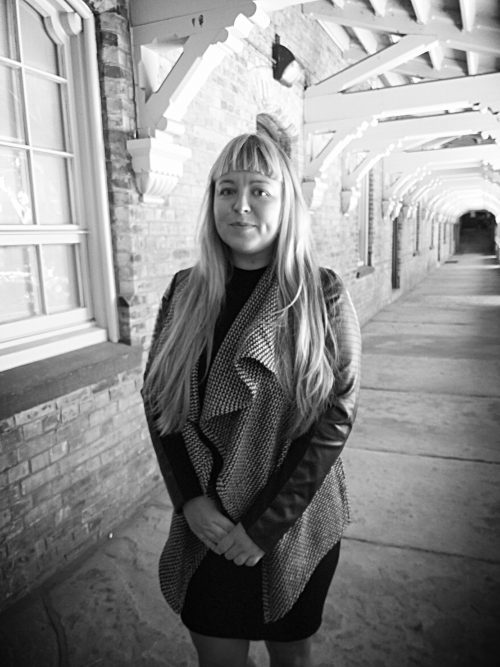 |
Natalja ChestopalovaNatalja Chestopalova is part of the Ph.D. in Communication and Culture Program at York and Ryerson Universities in Toronto. Her research is informed by the study of digital media, archival aesthetics, phenomenology, and psychoanalysis, and focuses on the transformative sensory experience and multimodality in film, graphic novel medium, and theatrical site-specific performances. With the support from the Social Science and Humanities Council of Canada (SSHRC), she has presented at multiple Canadian and International events, including roundtables & panels on new media archives, visual storytelling, and preservation of ephemeral cultural narratives. Her recent works include papers and multimodal installations on archives-of-trauma in non-fiction graphic narratives and theoretical developments in the Lacanian concept of the voice and voicelessness. Her publications appear in the White Wall Review, Canadian Journal of Communication, Dialogue, The Routledge Encyclopedia of Modernism, Sound Effects: The Object Voice in Fiction, and an essay volume on the Freudian theory of afterwardness and archives-of-feeling in comics of Alison Bechdel. Natalja ChestopalovaResearch Project ManagerNatalja Chestopalova is part of the Ph.D. in Communication and... |
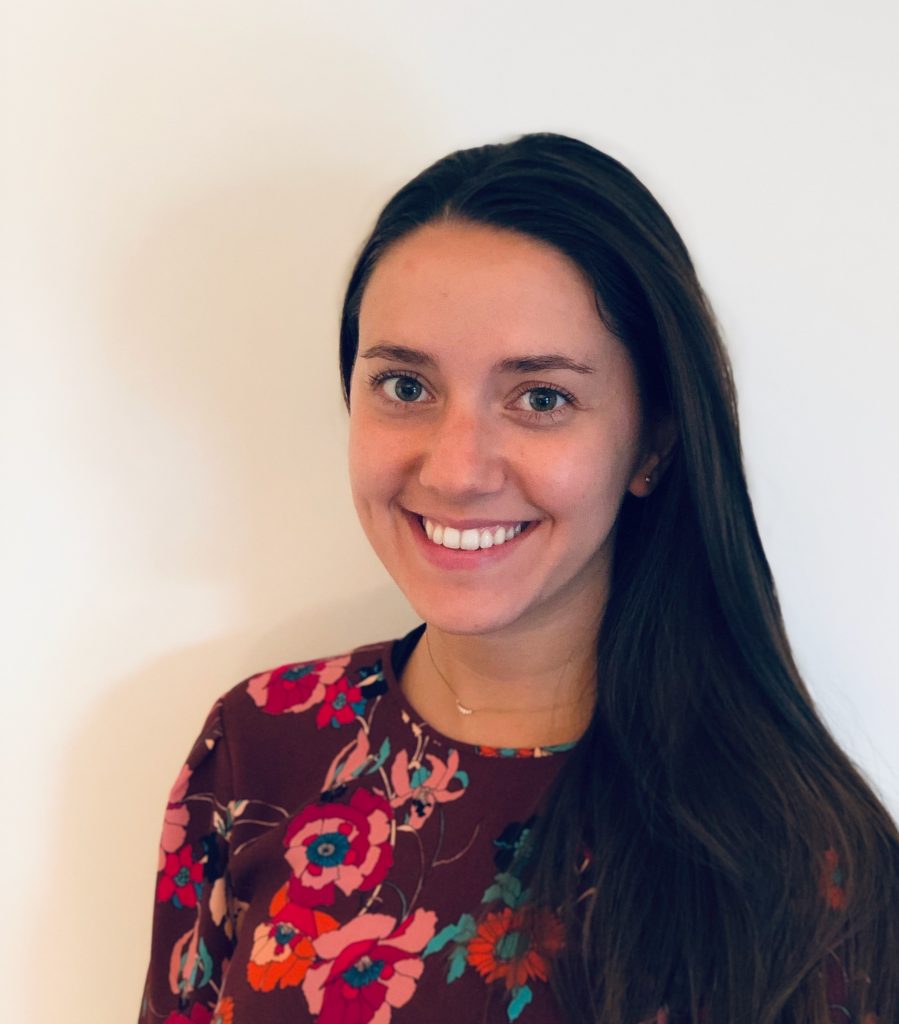 |
Alessia Rose PignottiAlessia is a conceptual, multimedia artist and graphic designer whose most recent artistic practice explores the notion of the creative instinct. She holds a Masters of Art (2019) from OCAD University in the Contemporary Art, Design and New Media Art Histories program, and received an Honours Bachelor of Arts (2017) from the University of Toronto in a joint program with Sheridan College. At Wapatah, Alessia is a Research Assistant supporting Dr. Gerald McMaster’s Bill Reid publication project for the Art Canada Institute. Alessia Rose PignottiAlumniAlessia is a conceptual, multimedia artist and graphic designer whose most... |
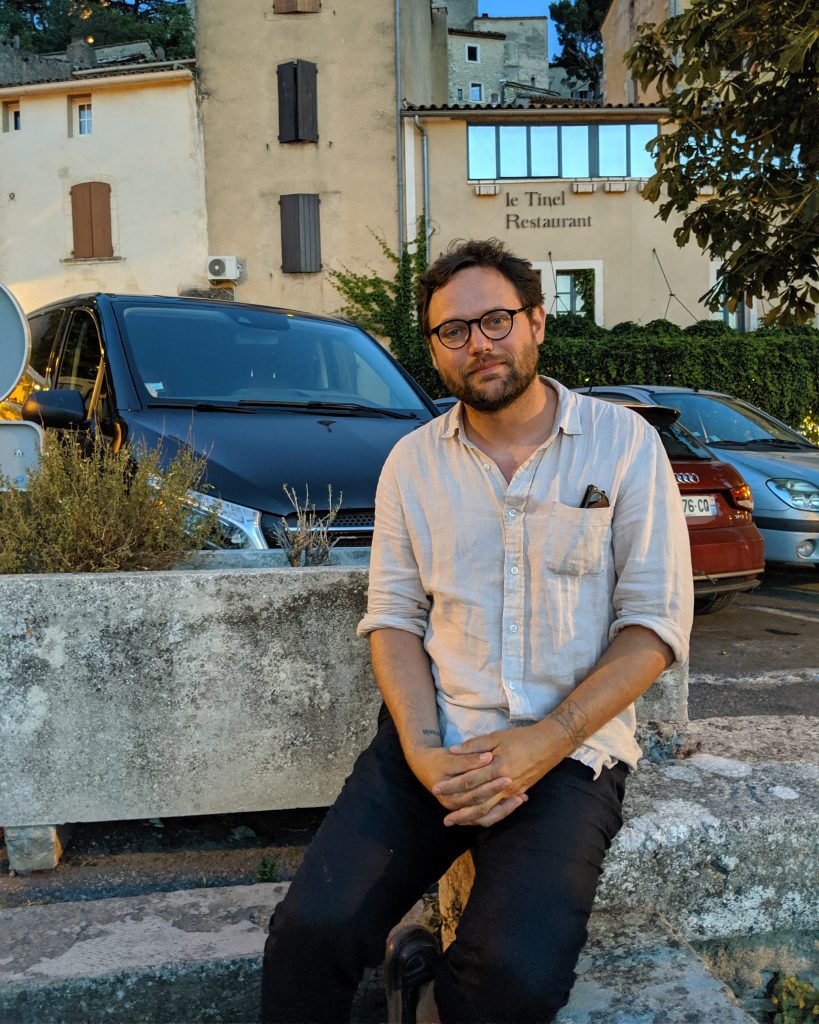 |
Dr. Michael RattrayDr. Rattray is a Postdoctoral Fellow at Wapatah under the supervision of Dr. McMaster. Before joining the centre, he was the executive editor and associate publisher at the Art Canada Institute, and the senior editor at Adbusters Magazine. He completed his PhD at Concordia University in Montreal, under the direction of Dr. Johanne Sloan. His PhD dissertation, “Functional Anarchism(s) and the Theory of Global Contemporary Art,” evaluates globalized art within an anarchist philosophical trajectory. An exhibiting artist, curator, and critic, his work on contemporary art and art history has been published or exhibited in a variety of forms. Dr. Michael RattrayPost-Doctoral FellowDr. Rattray is a Postdoctoral Fellow at Wapatah under the... |
 |
Emily LawrenceEmily is a researcher and writer based in Toronto. She holds an MA in contemporary art history from OCAD University where her major research paper looked at Annie Pootoogook’s drawings through a lens of love. Currently, Emily works as a research assistant with Dr. Gerald McMaster on the Cape Dorset/Papunya project. She also works for the Art Canada Institute, a not-for-profit Canadian art book publisher, as a communications and editorial associate as well as an image researcher. Two titles Emily is currently assisting with include “Oviloo Tunnillie: Life & Work” and “Mary Hiester Reid: Life & Work.” Emily is also an art history teaching assistant at OCAD University. Emily LawrenceAlumniEmily is a researcher and writer based in Toronto. She... |
